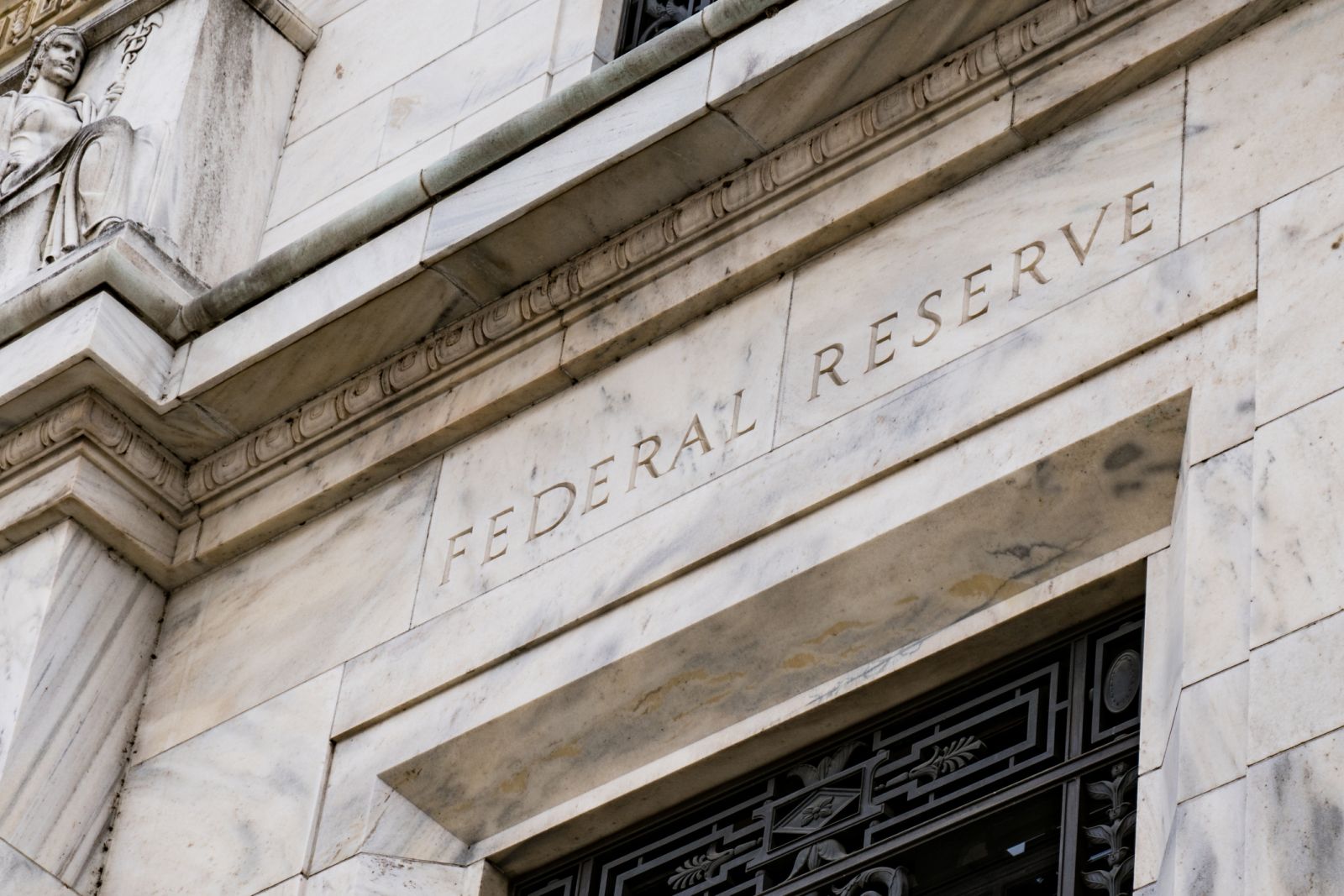
With just a few days left until the highly anticipated FOMC meeting on July 26th, traders, analysts, and markets have priced in a 99.8% chance of a 25-basis point increase in the Fed funds rate. That would push the rate up to 5.5%, an increase of 5.25% in just 16 months. The sharpest rate increase in 43 years. When we step back and look at the goal of these aggressive rate hikes, one could question if we have already achieved the goal.
To begin with, the Fed has a very clear dual mandate: Full employment and price stability.
There is a lot of confusion and conflicting numbers thrown around by economists regarding what the target rate of Unemployment should be. I recall back in the financial crisis, FOMC Chairman Ben Bernanke declared 5.5% as the Fed target for full employment. Over time that number will probably change, but for the purposes of this analysis, we will use 5.5% as the benchmark. As you can see in the chart below, the horizontal red line represents 5.5%.

We are currently well below that. In fact, we haven’t been this low since 1969, 54 years! At the Jackson Hole Symposium last August, Chairman Powell shocked the markets with very pessimistic statements about unemployment in the US. He stated that businesses and people should expect some pain with respect to Unemployment. However, nothing has materialized. Sure, we have moved up from 3.4% to 3.6% but nothing serious. Certainly nothing above that 5.5% full employment line. So objective #1, full employment has been met and is under control.
With price stability, the Fed is focused on the prices of goods and services in the United States. This comes down to inflation and deflation. Given the amount of money that the Government, the Treasury and the Fed have pumped into the markets over the past 3 years (at least 16 trillion dollars), inflation was destined to skyrocket. In June of 2020, inflation according to the Consumer Price Index (CPI), stood at 0.1%. 2 years later in July of 2022, CPI measured 9.1%. A colossal increase which put the inflation discussion on the front page of every newspaper and news channel in the US.

The impacts of the rate hikes which began in March of 2022 have been significant. From that time, CPI has dropped from 9.1% to 3.0%. The Fed has repeatedly stated that they are targeting 2% which is just 1% away from current levels. With Inflation declining rapidly, what is the need to keep raising rates? It is widely known that each rate increase takes a long time to filter down to the bottom line economic data and impact the economy. Most economists will say that it takes between 9 & 18 months for a rate cut to fully work through the system. If that is the case, we have yet to fully feel the impact of the last 5 rate hikes. This could easily bring inflation under the Fed 2% target.
If we throw Gross Domestic Product (GDP) into the mix, we’re not doing too bad either. The historical average for GDP from 1947 – 2023 is 3.18%. Presently we are sitting at 2% and remaining right around levels we witnessed before the Covid pandemic.

When you boil down all the information that the Fed is supposed to be focusing on, things start to look pretty good. Inflation is dropping rapidly, and the trend is aggressively down. Unemployment is a non-issue at this point as we sit near historic lows. While everyone would like GDP to be higher, it’s stable around that 2% mark. Traders of Fed Fund Futures have locked in a 99.8% probability of a rate hike, yet I think we’re in for a shock. I think the Fed will surprise markets and pause for the second time. The Fed Summary of Economic Projections contains a dot plot which forecasts rates around 5.6% buy the end of the year, however inflation has dropped much quicker that their estimates. Raising rates again will put further stress on the economy, particularly the financial sector which is being crushed by the inverted yield curve.
The prudent thing to do is pause again and wait for the data to warrant another hike. Let the markets take a breather and maybe the longer end of the yield curve will rise, taking some of the systemic risks of banks off the table. It certainly is a long shot. 0.2% is never a gamble I would load the boat on! If it does happen, Wednesday afternoon could be a bullish day to remember!
On the date of publication, Merlin Rothfeld did not have (either directly or indirectly) positions in any of the securities mentioned in this article. All information and data in this article is solely for informational purposes. For more information please view the Barchart Disclosure Policy here.






